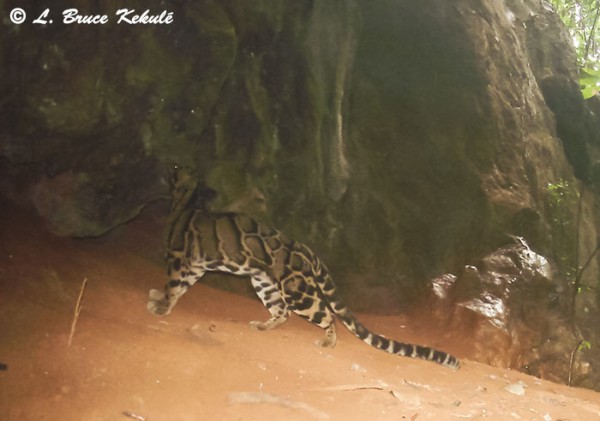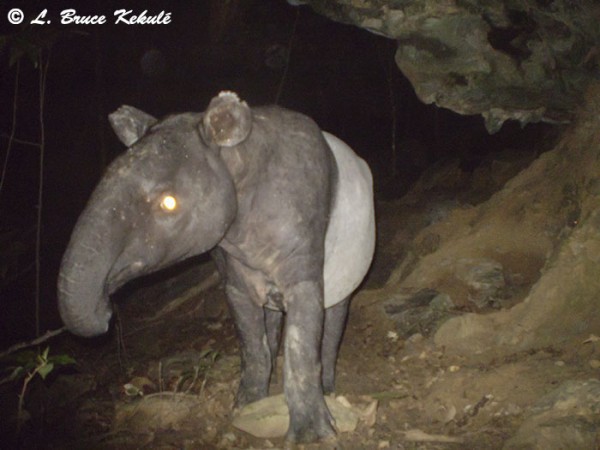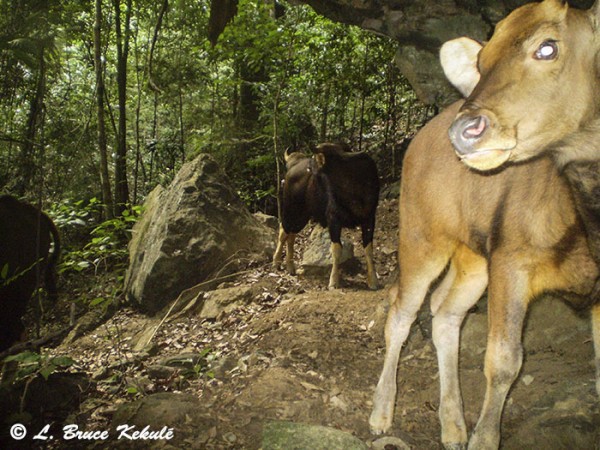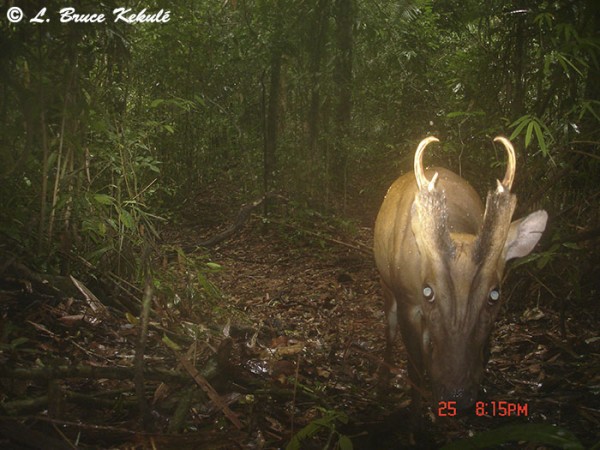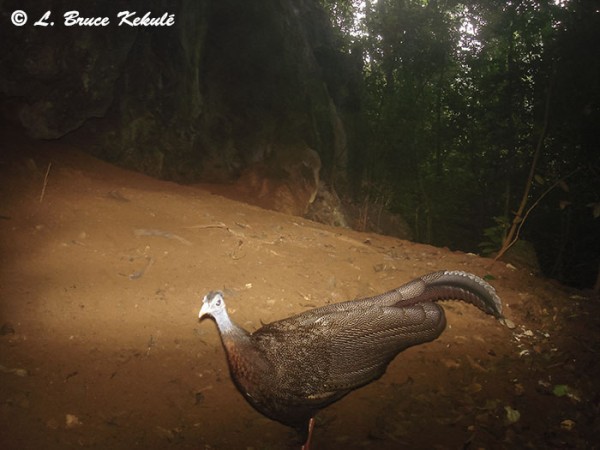Posts Tagged ‘clouded leopard’
Nikon D90 catches a rare ‘clouded leopard’…!
One of the most beautiful of all the Asian wild cats
Once upon a time, the clouded leopard (Neofelis nebulosa) was found all over Thailand when some 75 percent of the country was covered in forest. At the end of WWII, the human population really began to explode and these magnificent biospheres were cut down for agriculture and settlement taking all the natural resources in its wake. Modern transportation, weapons and logging on a grand scale began to quickly shrink this once remarkable heritage.
Barely 20 percent forest cover is now surviving in an ever-shrinking wilderness. The clouded leopard has been exterminated primarily for its pelt and now survives in all but a few protected areas throughout the Kingdom. It is one of the most beautiful marked creatures in the world. The marbled cat (Pardofelis marmorata), another wild feline is similar in coat pattern but smaller in size. Both of these cats have become extremely rare throughout their range.
In July of this year, I decided to make a trip down to Khlong Saeng Wildlife Sanctuary in southern Thailand in conjunction with Greg McCann and Habitat I.D. (NGO to monitor wildlife in Southeast Asia) to set some camera traps in the moist evergreen forest to see what was still thriving here. Three years ago, I did a camera trap and photographic survey of this protected area and got a marbled cat up on a ridgeline in the interior, plus a clouded leopard in a cave entrance at another location. I knew there was still good possibilities that I would get these cats again.
I decided to set my Nikon D90 DSLR trail cam along with a couple Bushnell Trophy Cams at this same location. Unfortunately, the hard-wired slave flashes were not working due to wiring problems and so left the cam with its single hot-shoe mounted Nikon SB-400 flash. I knew then if the cam caught any creature, I would get images with ‘eye-shine’ but decided to leave it anyway.
I have just returned from Khlong Saeng to collect the data from these cams. Imagine my surprise to see a clouded leopard on the D90’s card. It was an absolute joy to see this cat had passed the cam and even though the ‘eye-shine’ was there, the markings and beauty of this carnivore is truly remarkable. I have pulled the D90 and put a Canon 400D with three Nikon SB-28 slaves which was working very well when I left it. The Bushnell cams also recorded many other species and I will be doing a video post soon. Enjoy…!





